Following The Film Stage’s collective top 50 films of 2022, as part of our year-end coverage, our contributors are sharing their personal top 10 lists.
As with every year, 2022 began with me catching up with an exceptional film I’d missed before I submitted my previous “best of” list (Licorice Pizza, which didn’t arrive in the UK until New Year’s Day), and ended with me belatedly seeing another excellent work that was more than worthy of inclusion. My apologies to Davy Chou, whose Return to Seoul would have been a fixture here if I’d have gotten round to it sooner.
Although not quite the embarrassment of cinematic riches that 2021 was, my honorable mentions all show that the art form is still in rude health following the pandemic, with several legendary filmmakers producing some of their most rewarding works in recent memory, many of which narrowly missed inclusion in my personal top 10. David Cronenberg recontextualized his older body horror work for an eco-parable concerned with our existence on an increasingly hostile planet, Claire Denis used the erotic thriller template to document the breakdown of international relations in the COVID era, and Guillermo del Toro reimagined one of the most famous fairytales of all as a rebuke to rising authoritarianism.
Cinemas may have reopened their doors in 2021, but it was this year where big-screen spectacle truly returned. Richly realized large-scale epics from the likes of Jordan Peele and S.S. Rajamouli were the first great blockbusters of the post-COVID age, although it wasn’t just the gargantuan productions which left me in awe this year≠≠director Shaunak Sen’s All that Breathes, a documentary account of the pollution affecting New Delhi’s wildlife, is one of the most powerful depictions of the ongoing threat of climate change ever committed to film. Despite all the environmental despair, coupled with an exploration of rising religious hostilities within India, it never gives into hopelessness, powerfully articulating why nature is worth fighting for through the power of its ingeniously devised tracking shots, showing how the city’s wildlife is learning to adapt to a increasingly unwelcome environment. It’s one of the year’s most urgent, most inherently cinematic works.
Many of my most enjoyable viewing experiences this year have been the simple thrills, from Steven Soderbergh’s paranoid conspiracy thriller Kimi to the unfairly overlooked Deep Water, a delightfully trashy erotic potboiler that houses one of Ben Affleck’s finest screen performances. That both premiered on streaming instead of the big screen, where both would have made riotously pleasurable viewing experiences, is something I’ve had to grow to accept; films made to be seen by packed houses instead just watched on a laptop screen on the day of release. Luckily, the similarly nutty Pearl (featuring a powerhouse Mia Goth) escaped the streaming chokehold to premiere in theaters, which has become an increasingly rare occurrence for genre crowdpleasers over the course of the year. My only cinematic hope for 2023 is that the big screen becomes the default once again for these mid-to-low budget efforts. I don’t mind that streaming is here to stay, but some movies are just better experienced with a crowd.
Honorable Mentions: All That Breathes, Crimes of the Future, Guillermo del Toro’s Pinocchio, Pearl, Stars at Noon
10. Mrs. Harris Goes to Paris (Anthony Fabian)
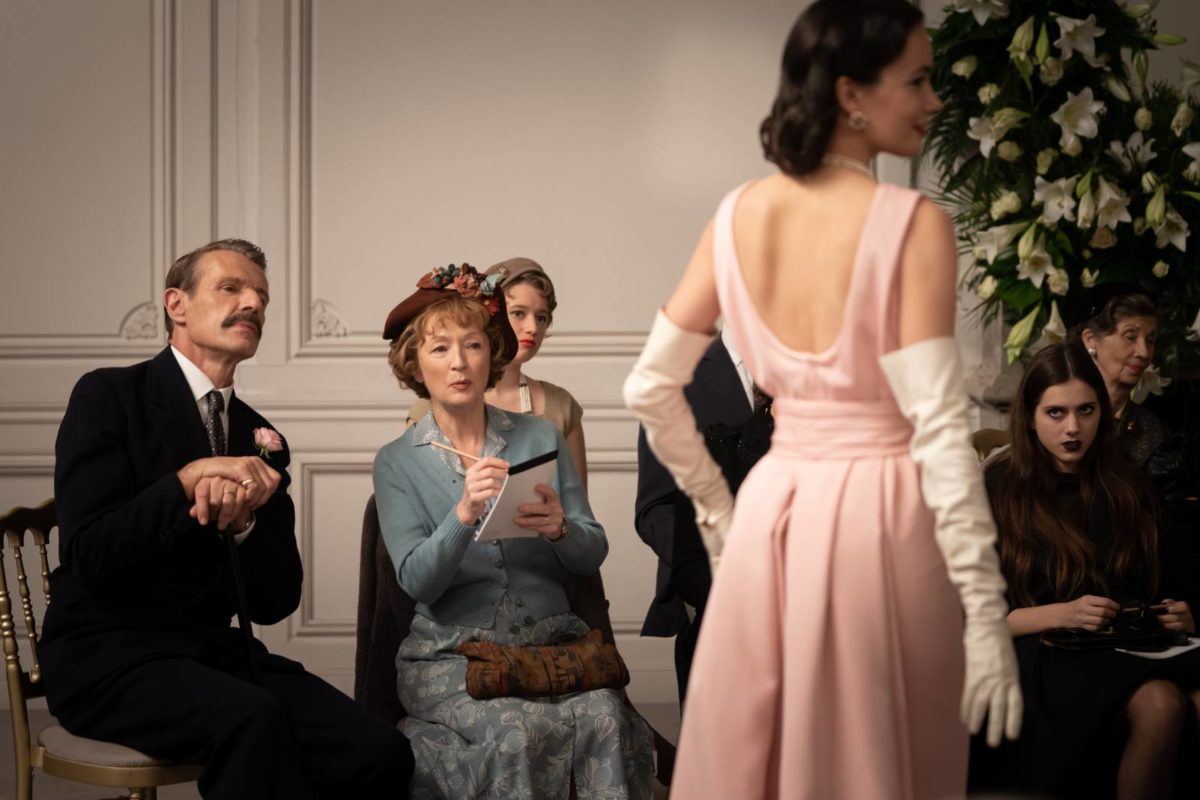
Fleshing out Paul Gallico’s more melancholy 1958 novella, which has been adapted several times previously on the small screen, Anthony Fabian’s take on Mrs. Harris Goes to Paris was one of 2022’s purest moviegoing delights. It’s easy to roll your eyes at its inherent niceness, and reluctance to dwell on any moment of dramatic tension that arises during Ada Harris’ (Lesley Manville) trip to the French capital to get her own Dior dress––but very few crowdpleasers in this vein are as successful at getting you to invest despite the lack of stakes involved. By the end, I was crying tears of joy.
9. Nope (Jordan Peele)
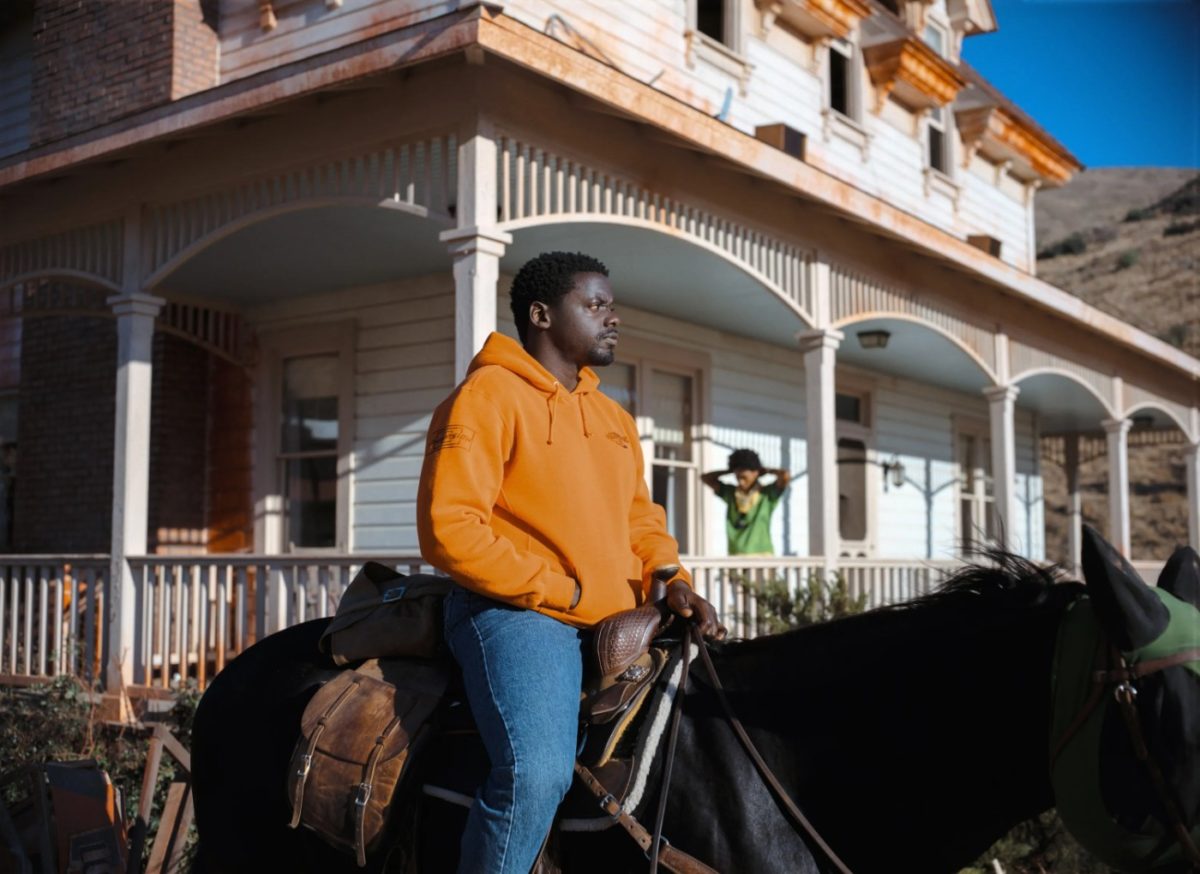
It’s often remarked that Hollywood has spent the last five years trying to replicate Get Out’s winning formula of horror and social satire––something which hasn’t been of particular concern to the director behind it. In a year where we were once again inundated with countless filmmakers’ “love letters to cinema,” Jordan Peele gave us something altogether thornier, as his third feature charted the origins of the medium all the way to our present obsession with keeping the cameras rolling at all costs. As his thematic obsessions become less easy to define within a simple allegory, Peele’s films are only growing more rewarding; without compromising on the vintage Spielbergian spectacle, he delivered food for thought amidst the empty calories of summer blockbuster season.
8. Funny Pages (Owen Kline)
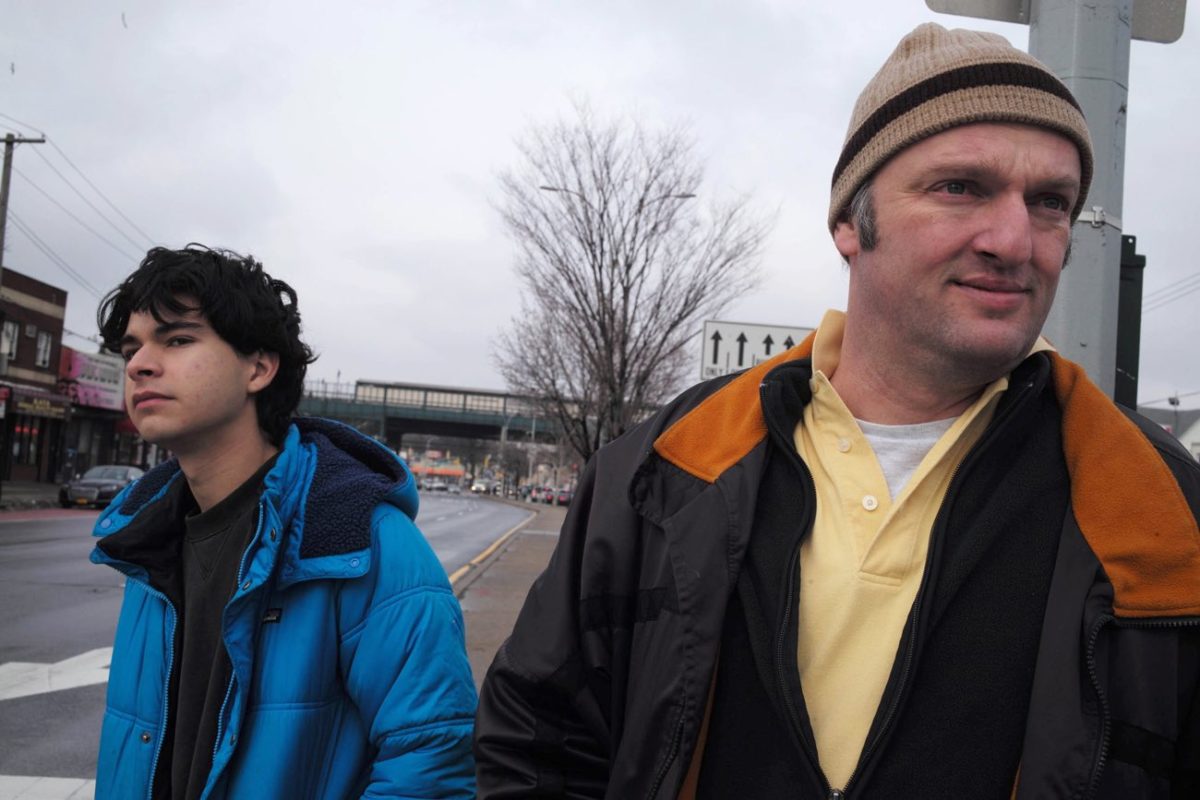
If 2022 was, as New York Magazine dubbed it, the year of the “Nepo Baby,” then Owen Kline’s directorial debut might be its defining text. Funny Pages is, thankfully, not directly autobiographical for the actor-turned-filmmaker, but you can sense his own artistic frustrations as the son of famous parents have been channeled into this study of Robert (Daniel Zolghadri), a teenager who abandons the comforts of his upper middle-class home to experience the realities of being a struggling artist. Equally satisfying as a pointed satire of the “troubled artist” cliche as it is a delightfully mean-spirited antidote to the American coming-of-age movie, Kline’s debut is a hilarious middle finger to any child of privilege who has romanticized the idea of living on the breadline.
7. Bones and All (Luca Gudagnino)
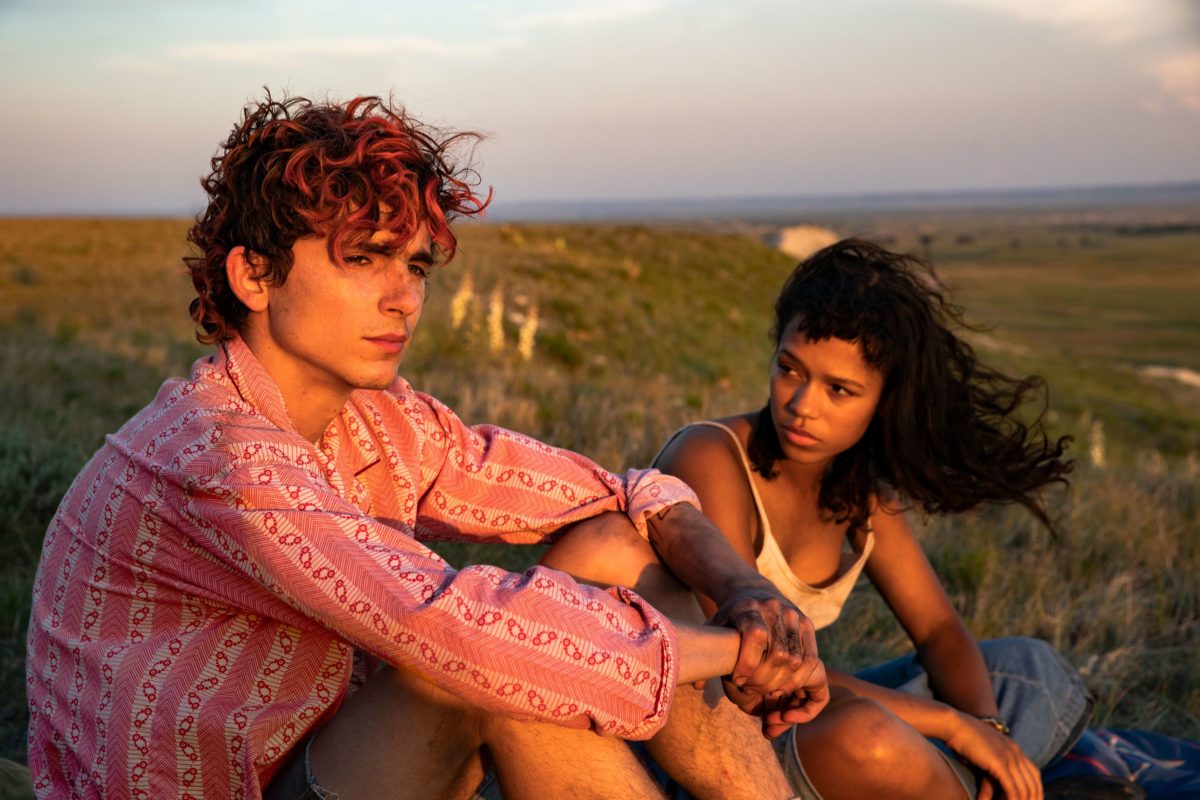
Luca Gudagnino’s return to the horror genre proved more satisfying than his convoluted reimagining of the simple giallo pleasures of Suspiria, using the metaphor of cannibalism to bite into a wider-ranging study of outsiderdom in Reagan’s America. Although billed as a romantic drama, Bones and All is most powerful as a study of nuclear family, examining how connections are made when the revelation of your own identity causes your loved ones to turn their backs on you. It’s a recurring coming-of-age metaphor within genre fiction, given new life via this electrifyingly bloody makeover and two excellent central performances from Taylor Russell and Timothée Chalamet.
6. Turning Red (Domee Shi)
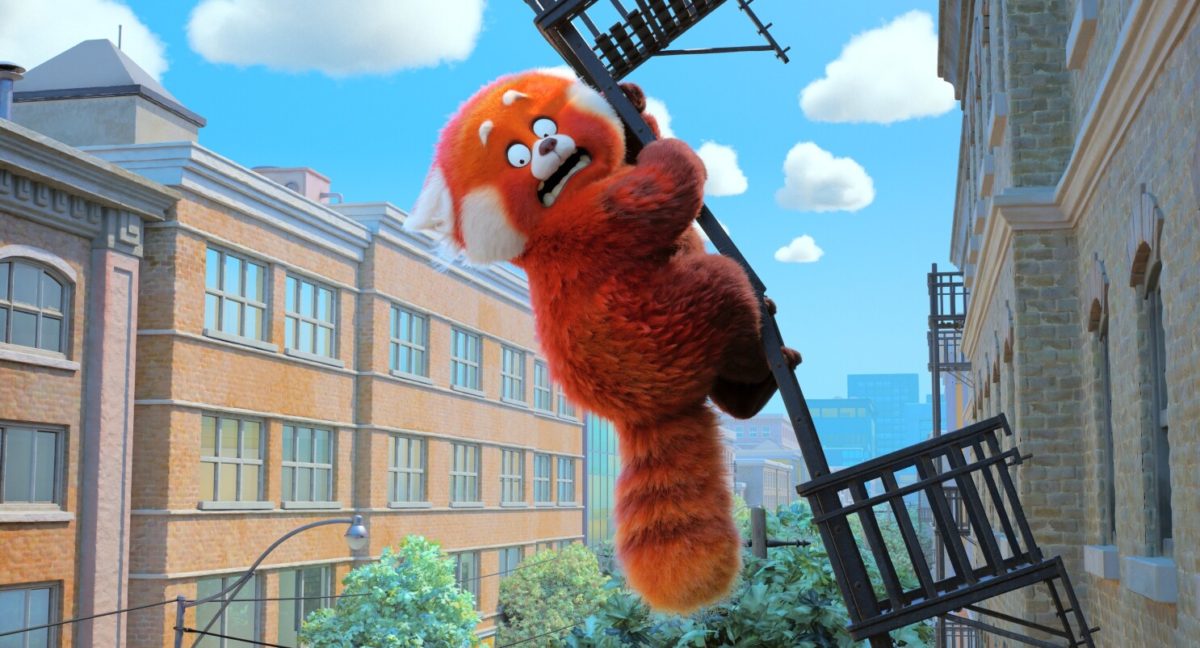
Director Domee Shi proved that she was the future of Pixar in her riotous sugar-rush of a feature debut, Turning Red, the only singular vision to have emerged within the animation studio’s current period of diminishing returns. Taking its visual inspiration from a variety of turn-of-the-millennium tween ephemera doesn’t feel like lazy millennial nostalgia in Shi’s hands, recreating the look and feel of 2D animation within CGI, and delivering Hollywood’s most successful attempt at recreating the manic visual style of anime since the Wachowski sisters’ Speed Racer in the process. None of this would matter if its central coming-of-age tale weren’t as powerful, but it proves to be the perfect visual accompaniment to a story about all the uncontrollable emotions that come as childhood ends and puberty begins.
5. The Banshees of Inisherin (Martin McDonagh)
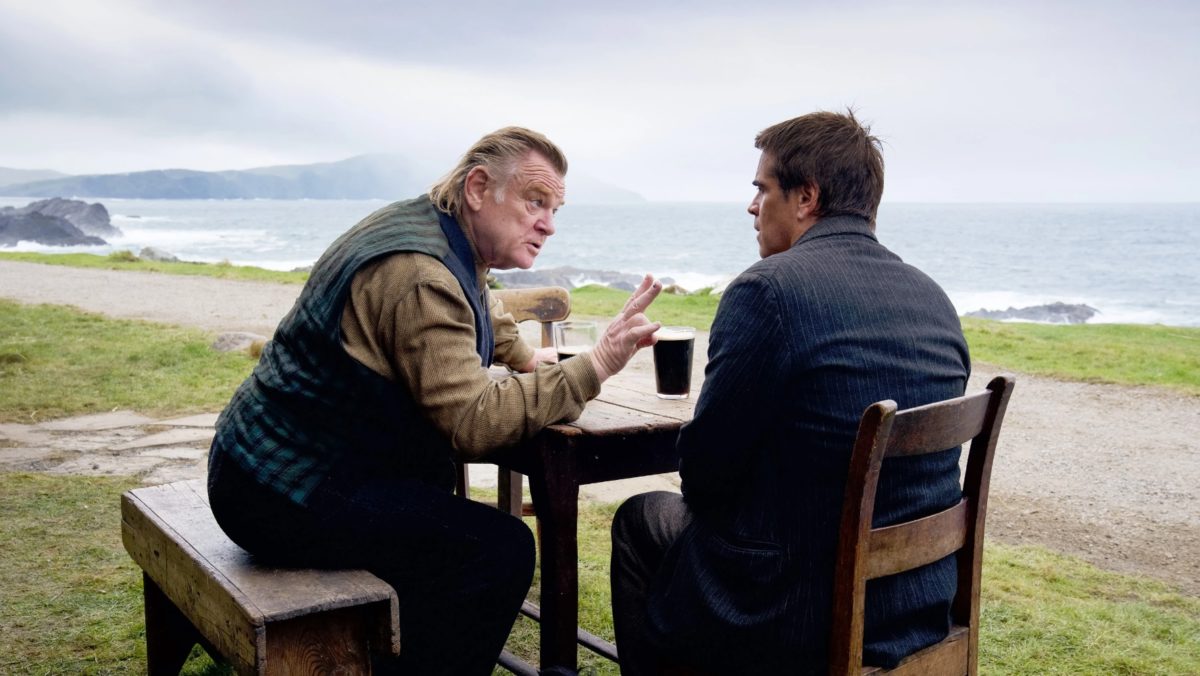
Although seemingly rife with allegory, taking place on an island adjacent to the main battlefields of the Irish Civil War, Martin McDonagh’s fourth effort is his most direct. Yes, you could read the inexplicable severing of relations between Colm (Brendan Gleeson) and Pádraic (Colin Farrell) as a broader metaphor, but that would mean overlooking the haunting existentialism lurking on the film’s surface, where close friendships could be brought to an end in an illogical pursuit of being remembered by future generations. And did I not mention that this all happens within one of the year’s most crowd-pleasing comedies, with McDonagh successfully balancing the dark laughs with the despair to arguably an even more powerful effect than his debut, In Bruges? After the thematic shortcomings of his prior effort Three Billboards, this was exactly the revitalization his brand of acerbic cinema needed.
4. RRR (S. S. Rajamouli)
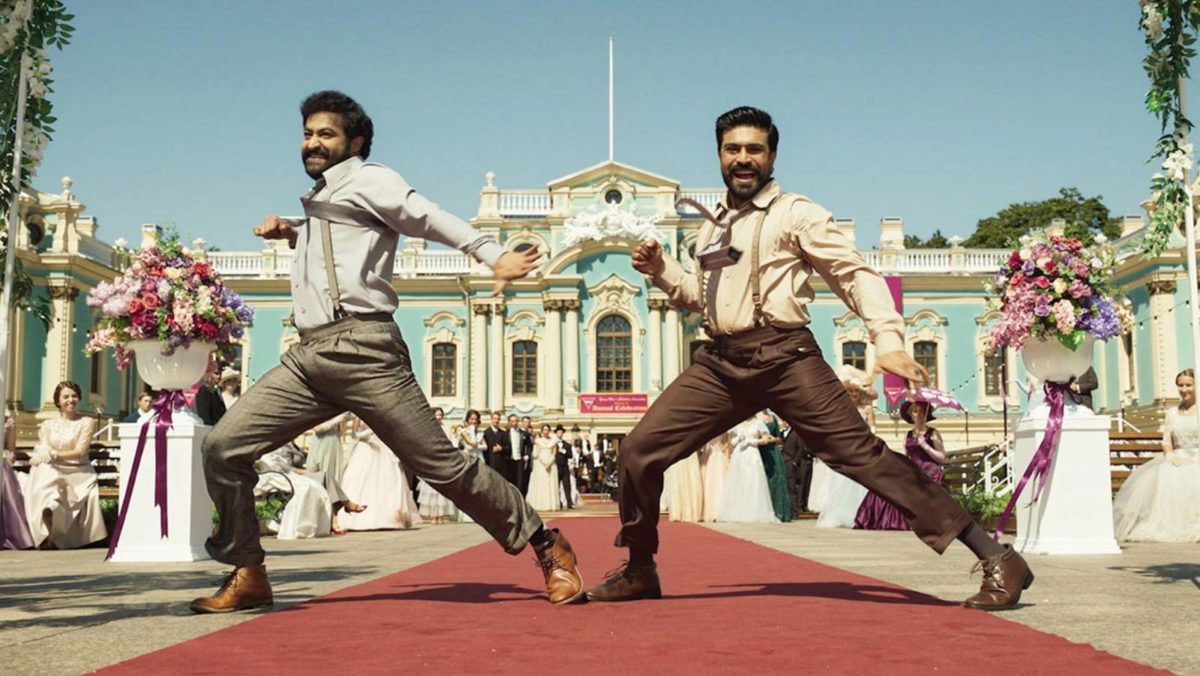
Many critics described S.S Rajamouli’s action epic as a western audience’s entry point into contemporary Indian blockbusters––but on closer inspection, RRR is the director’s love letter to Hollywood spectacle, rather than a neat introduction to Telugu cinema. Look no further than his Sight & Sound ballot for proof, which evidences his love for the hyper-violent revenge dramas of Gibson and Tarantino, the historical scope of old-school blockbusters from Wyler and Spielberg, and the crowd-pleasing musicality of animated adventures such as Aladdin and The Lion King. RRR is a crowd pleaser modeled directly after some of Hollywood’s finest, and for three hours, it delivers a consistent dose of adrenaline like few contemporary Hollywood vehicles have managed.
3. All the Beauty and the Bloodshed (Laura Poitras)
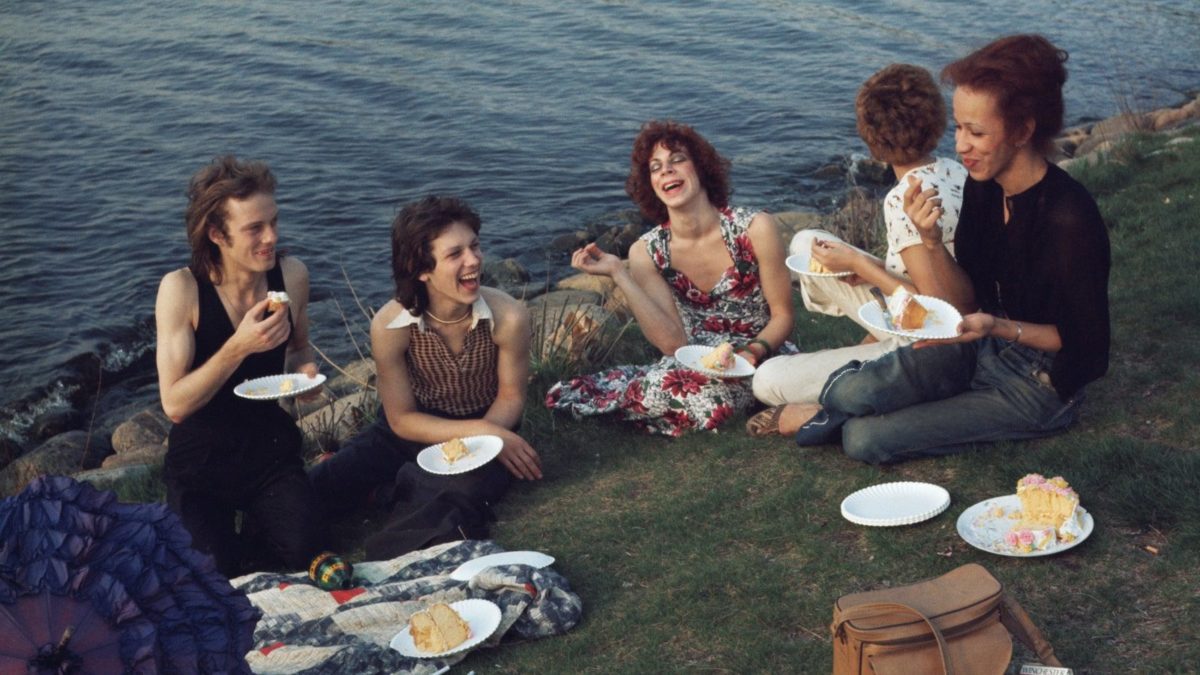
When it was suggested that Laura Poitras should direct a film based upon her activist work, photographer Nan Goldin joked that she wouldn’t make an interesting subject for her––unlike her previous subject Edward Snowden, she wasn’t in possession of any state secrets. All the Beauty and the Bloodshed handily proves Goldin’s initial assumption wrong, effectively recounting its subject’s decades of experience on the frontlines of the AIDS epidemic to the ongoing Opioid crisis which nearly claimed her life. Most documentaries suffer from having their subjects take too central a role, but Poitras’ film finds its richness by letting Goldin finally disclose her story and the urgency of her work with PAIN in her own words: it’s a powerful cinematic memoir for which she deserves equal auteur credit.
2. The Eternal Daughter (Joanna Hogg)
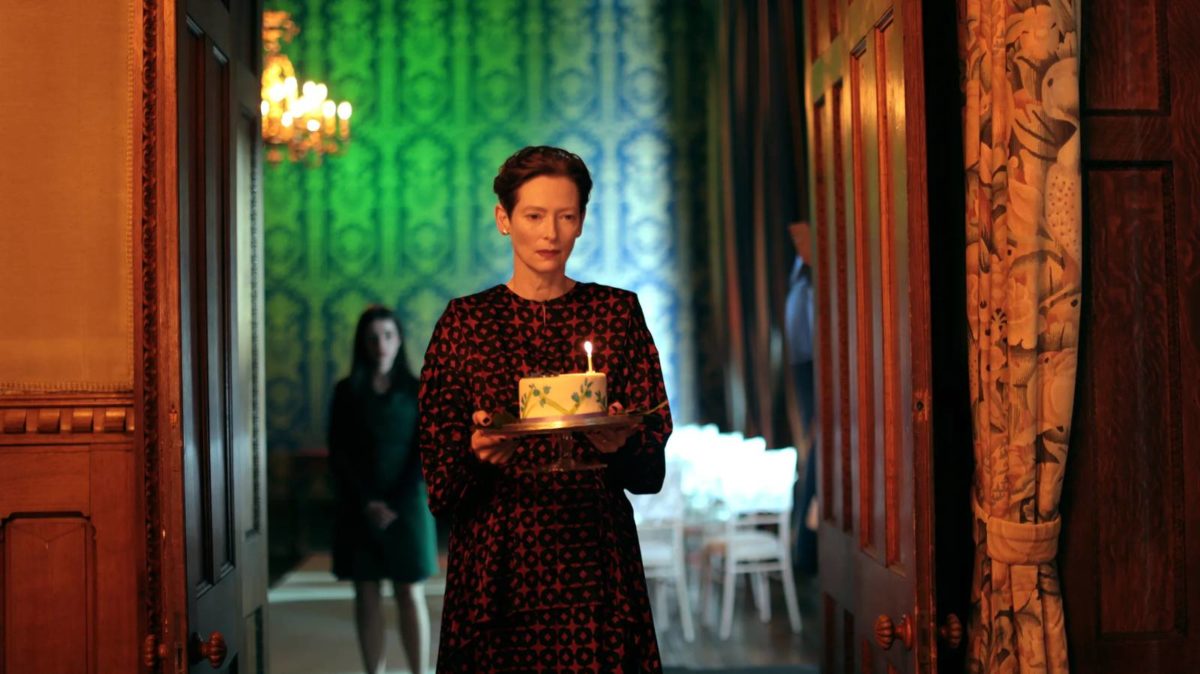
Both of Joanna Hogg’s Souvenir films are haunted by the past, but those ghosts become literal in this stealth third entry in her series of semi-autobiographical works. Despite an artifice of gothic horror, with the remote hotel setting recalling everything from The Innocents to The Shining, this is the filmmaker’s simplest, most emotionally direct work to date, powerfully re-examining the mother-daughter relationship from those earlier companion pieces via two wonderfully understated Tilda Swinton turns. The revelation as to why Hogg has used a shot-reverse method to keep them out of the same frame might be obvious; it’s no less powerful for it. If Hogg’s prior Souvenir films kept the past at a distinct remove, The Eternal Daughter offers the gut punch that shows how those memories keep lingering in the present.
1. Aftersun (Charlotte Wells)
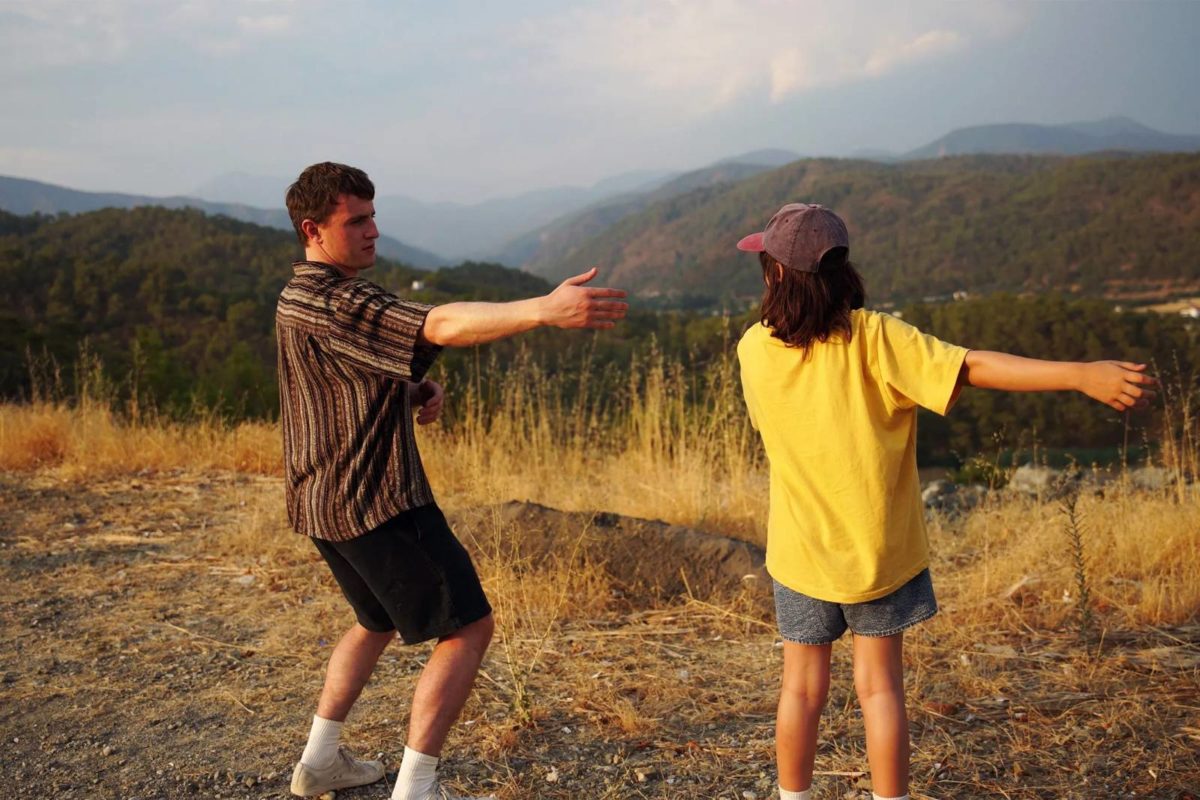
In recent weeks, various Twitter sleuths have began speculating that Calum, the young father portrayed by a revelatory Paul Mescal in Aftersun, is a queer character despite the lack of concrete narrative evidence. You might disagree, but this is a testament to the sheer power of Charlotte Wells’ vividly realized memory piece, her recreation of a formative childhood holiday so well-observed in its small details (if not universally relatable in its tragic ones) that we can’t help but project our own youthful experiences onto it. After several years of drafts, her original, more directly autobiographical screenplay became more elliptical, the very specific milieu explored becoming more resonant through the gaps it carefully leaves in the interior lives of its central father and daughter. It’s the closest a narrative drama can get to the experience of uncovering a long-repressed memory, making for a work that stays with you long after its haunting final shot.
